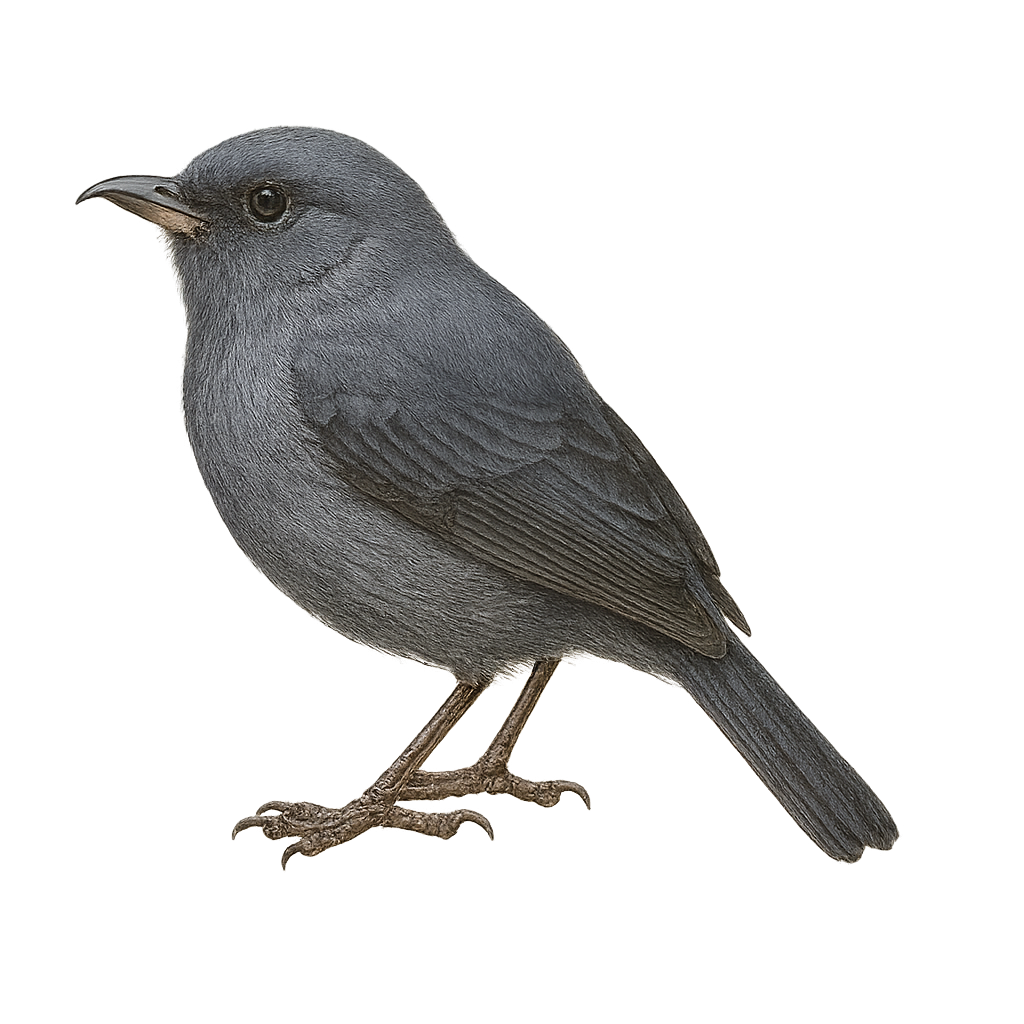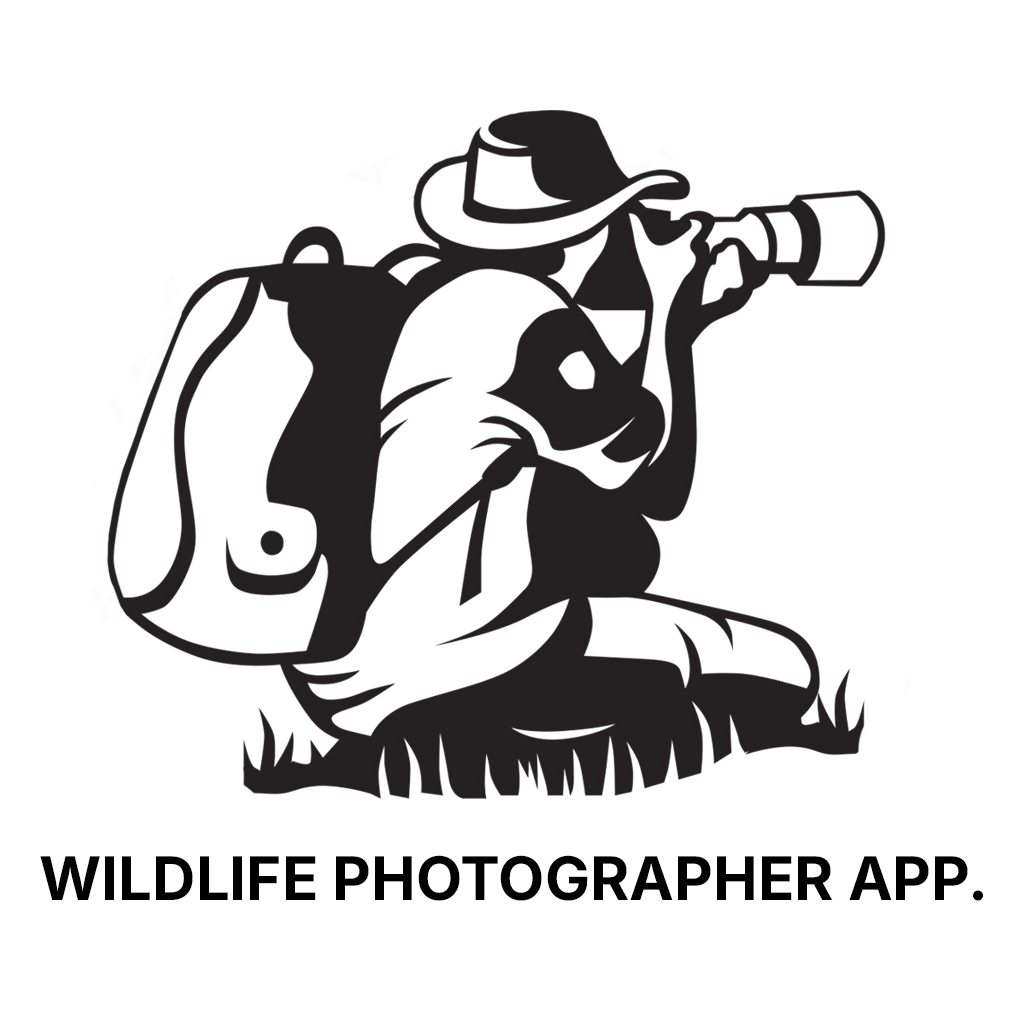Your wildlife photography guide.
Explore the duida flowerpiercer in detail, study its behavior, prepare your shots.
Where to observe and photograph the duida flowerpiercer in the wild
Learn where and when to spot the duida flowerpiercer in the wild, how to identify the species based on distinctive features, and what natural environments it inhabits. The WildlifePhotographer app offers tailored photography tips that reflect the duida flowerpiercer’s behavior, helping you capture better wildlife images. Explore the full species profile for key information including description, habitat, active periods, and approach techniques.
Duida Flowerpiercer
Scientific name: Diglossa duidae

IUCN Status: Near Threatened
Family: THRAUPIDAE
Group: Birds
Sensitivity to human approach: Suspicious
Minimum approach distance: 10 m
Courtship display: March to April
Incubation: 13-15 jours
Hatchings: March to May
Habitat:
Cloud forests, forest edges, shrublands
Activity period :
Primarily active during the day, with peak activity in the morning and late afternoon.
Identification and description:
The Duida Flowerpiercer is a small bird endemic to the mountainous regions of Venezuela, particularly around Mount Duida. It is characterized by its slender, curved bill, perfect for piercing flowers to access nectar, although its diet also includes insects. Its plumage is primarily blue-gray with darker shades on the wings and tail. This bird is often seen darting between shrubs and trees in search of food. It is known for its melodious song and distinctive calls that echo through the cloud forests.
Recommended lens:
400 mm – adjust based on distance, desired framing (portrait or habitat), and approach conditions.
Photography tips:
To photograph the Duida Flowerpiercer, it is advisable to use a telephoto lens of at least 400mm to capture detailed images without disturbing the bird. Look for it in cloud forests and forest edges, where it often feeds. Be patient and discreet, as this bird is suspicious and may fly away quickly if disturbed. Take advantage of the early morning hours to benefit from soft light and increased bird activity.
The WildlifePhotographer App is coming soon!
Be the first to explore the best nature spots, track rutting seasons, log your observations, and observe more wildlife.
Already 1 431 wildlife lovers subscribed worldwide

